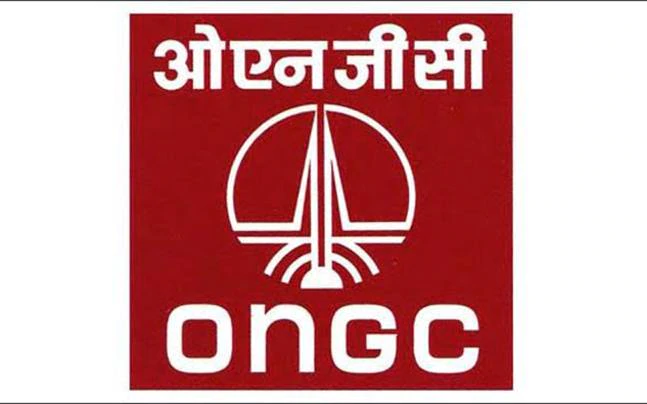
The Indian wind sector is likely to see a transition as two-thirds of the incremental capacity additions till 2017 would come up in the secondary states of Andhra Pradesh, Madhya Pradesh, Gujarat and Karnataka, India Ratings and Research has said.However, these states also have limited margin of error on plant load factors (PLFs) and will attract only serious and well-established independent power producers (IPPs), it said. While the agency expects capacity additions to remain healthy, it predicted that it will fall short of achieving the Union government’s target of 60 GW by 2022 from 24 GW now.
The cumulative capacity additions in the prominent wind power generation states of Tamil Nadu, Rajasthan and Maharashtra have slowed down significantly, as evident from their CAGR of 9% between 2012 and 2015 compared to 19% achieved during 2009-2012, India Ratings said. This trend is likely to continue with each of these states grappling with saturation, state- specific policies and evacuation issues, it said.Capacity additions in these prominent states could still be possible through repowering existing wind assets by increasing the wind turbine height to 80-120 metres from 50 metres, the agency said.
Despite the significant enthusiasm around wind power, the sector has continued to underperform its potential by around 25%-30%, it said. However, almost all of this underperformance is on account of captive producers, whose incentive may not necessarily be to make profits, India Ratings stated.With established IPPs likely to drive capacity additions in secondary states, risks are likely to be manageable, it said. However, developers and investors would want to tread with caution and require seasoning of assets before investing aggressively.
India Ratings’ analysis showed that secondary states were unlikely to achieve grid parity given the low average power purchase costs and relatively higher tariff. “This would not only necessitate significant regulatory support but also require aggressive incentives to reduce capital cost of wind assets,” the agency, which is part of the Fitch Group, said.Capital costs would reduce marginally in 2016 before inching up thereafter, it said.














